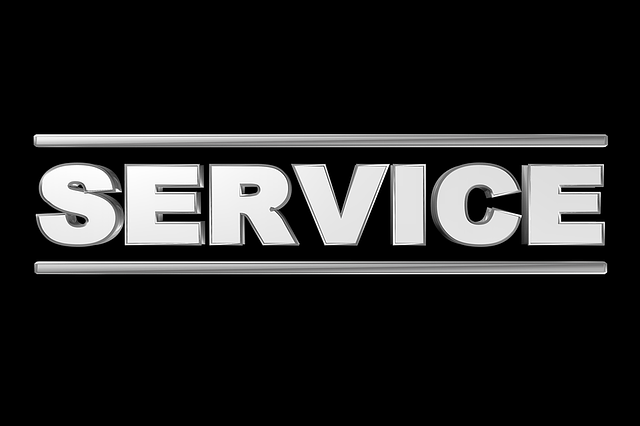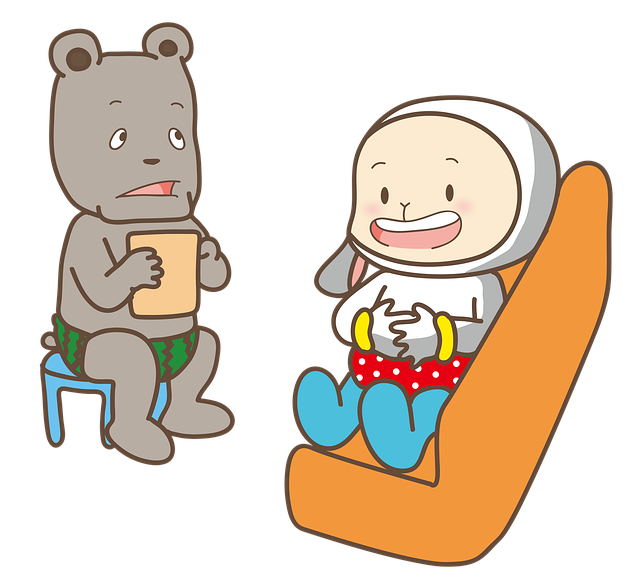Multigenerational family therapy, facilitated by family counseling services, brings together diverse age groups to address interpersonal dynamics and emotional well-being. By creating a safe space for open communication, these services help families unravel historical experiences, challenge negative patterns, and foster empathy, strengthening bonds and promoting healthier relationships across generations. Tailoring communication strategies to each age group, incorporating cultural sensitivity, and using techniques like intergenerational dialogue and storytelling exercises enhances the effectiveness of family counseling services in achieving positive outcomes. Success is measured through a combination of standardized assessments, client feedback, and qualitative data, enabling therapists to guide families towards improved mental health and family harmony.
Multigenerational family therapy is a powerful approach that addresses complex interpersonal dynamics across different age groups. This therapeutic method recognizes that family history and intergenerational patterns significantly influence an individual’s behavior, emotions, and relationships. By bringing together members from various generations, family counseling services can help uncover underlying issues, foster understanding, and promote healing.
Through this article, we explore the benefits of multigenerational therapy, offering a comprehensive guide to improving family dynamics and well-being.
Understanding Multigenerational Family Therapy: An Overview

Multigenerational family therapy is a powerful approach that involves bringing together members from multiple generations within a family to address interpersonal dynamics and emotional well-being. This therapeutic method recognizes that family relationships are complex, evolving entities that span across different age groups. By facilitating open communication and understanding between grandparents, parents, and children, family counseling services can help unravel deep-rooted issues and strengthen familial bonds.
The core concept behind this therapy is to explore how historical experiences, beliefs, and behaviors have been passed down through generations, often unconsciously influencing current family interactions. Through a safe, supportive environment, therapists encourage family members to share their stories, express emotions, and gain insights into their interconnectedness. This process enables families to challenge negative patterns, foster empathy, and create healthier communication channels, ultimately enhancing overall mental health and family harmony.
Benefits of Family Counseling Services Across Generations

Family counseling services offer a multitude of benefits, especially when involving multiple generations. By bringing all ages together, therapists create a safe and supportive environment where complex family dynamics can be explored and understood. This intergenerational approach facilitates open communication, allowing each member to share their perspectives, experiences, and emotions freely.
Through family counseling, relationships can be mended, conflicts resolved, and new strategies for coping with challenges developed. It empowers families to navigate life transitions, manage stress, and strengthen their bonds. Moreover, it provides a platform for teaching valuable skills like active listening, empathy, and problem-solving, which are essential for maintaining healthy relationships across generations.
Identifying Dynamics: Uncovering Intergenerational Patterns

In multigenerational family therapy, one of the key aspects is identifying and understanding intergenerational patterns that can significantly influence family dynamics. By delving into the history and experiences of each family member, therapists can uncover recurring themes, behaviors, and communication styles that have been passed down through the generations. This process involves exploring not just what has happened but also how it has shaped the family’s emotional landscape.
Family counseling services often focus on recognizing these unspoken rules and norms that govern interactions within the family unit. Through careful questioning and active listening, therapists help families recognize patterns that might contribute to conflicts or misunderstandings. By bringing these dynamics to light, they enable family members to gain valuable insights into their behaviors and respond more thoughtfully, fostering healthier communication and stronger bonds across generations.
Creating a Safe Space: Building Trust in the Therapy Room

In multigenerational family therapy, establishing a safe and trusting environment is paramount for successful outcomes. The therapy room becomes a sanctuary where every member feels heard and respected, fostering open communication. Through consistent, non-judgmental interactions, therapists facilitate a sense of security that encourages families to explore their dynamics and challenges openly. This foundation of trust allows for deeper insights into intergenerational patterns, enabling family counseling services to address root issues effectively.
Creating this safe space involves setting clear boundaries, ensuring confidentiality, and modeling empathy. Therapists actively listen, validate emotions, and promote understanding among family members. By fostering an atmosphere of acceptance and support, the therapy process becomes a collaborative journey toward healing and growth. This approach not only enhances the therapeutic experience but also equips families with valuable skills for navigating future challenges within their multigenerational context.
Effective Communication Strategies for Diverse Age Groups

In effective multigenerational family therapy, tailoring communication strategies to diverse age groups is key. For younger children, therapists might employ simple, concrete language and engaging activities to foster open dialogue about feelings and experiences. This could involve using props or storytelling techniques to help them express themselves clearly. Teens, on the other hand, may respond better to peer-to-peer discussions, where they feel understood and validated. Using technology, like video messaging or social media platforms, can also bridge communication gaps and encourage honest conversations about sensitive topics.
Adult family members require a different approach altogether. Family counseling services often focus on active listening, empathy, and open-ended questions to help adults process their emotions, reflect on intergenerational patterns, and improve communication within the family unit. Creating a safe, non-judgmental space where each person’s perspective is valued is essential for fostering meaningful connections across generations.
Addressing Unique Challenges: From Teenagers to Elderly Members

In multigenerational family therapy, one of the unique challenges lies in addressing the diverse needs and perspectives of family members spanning multiple age groups, from teenagers to elderly individuals. Teenagers, often grappling with identity formation and peer pressures, may have contrasting views compared to their older relatives. Family counseling services must facilitate open communication, helping younger generations express their concerns while also understanding and respecting the life experiences and traditional values held by elders.
This generational gap can create tension, but it also offers an opportunity for growth. Therapists play a crucial role in guiding family members to appreciate each other’s unique contributions. By fostering empathy and understanding, family counseling services enable everyone to navigate their differences constructively, strengthening familial bonds across generations.
Incorporating Cultural Sensitivity in Family Therapy Sessions

Incorporating cultural sensitivity into family therapy sessions is paramount, especially when providing effective family counseling services. Understanding and respecting diverse cultural backgrounds ensures that each member of the family feels seen and heard, fostering an environment of trust and openness. Therapists must be adept at navigating different cultural norms, values, and beliefs to offer tailored support that resonates with every individual.
Cultural sensitivity involves recognizing and appreciating the unique experiences and perspectives brought into the therapy room by families from various ethnic, racial, religious, or socioeconomic backgrounds. It requires therapists to remain curious, avoid assumptions, and actively listen to clients’ stories without projecting their own biases. By embracing cultural diversity, family counseling services can better address intergenerational issues, strengthen family bonds, and promote positive outcomes for all involved.
Techniques for Promoting Generational Understanding and Empathy

In multigenerational family therapy, fostering understanding and empathy across different age groups is key to successful healing. Techniques such as intergenerational dialogue encourage open conversations where family members can share their experiences, perspectives, and challenges. This process helps dispel myths and stereotypes often associated with each generation, promoting a deeper sense of connection and compassion.
Family counseling services often incorporate activities like generational mapping or storytelling exercises. These tools visually represent the relationships and experiences of each generation within the family system. By collectively constructing these maps, families can identify common themes, historical continuities, and potential sources of conflict. This shared understanding paves the way for empathy by allowing each member to recognize and appreciate the unique influences that have shaped their relatives’ lives.
Measuring Success: Evaluating Outcomes of Multigenerational Therapy

Measuring success in multigenerational family therapy involves a multifaceted approach, as it aims to evaluate not just individual improvement but also the overall health and dynamics of the extended family unit. Professional therapists often utilize a combination of standardized assessments, client feedback, and qualitative data to gauge the effectiveness of therapy. Standardized tools like the Family Assessment Measure (FAM) or the Family Systems Inventory (FSI) can provide quantitative insights into family functioning, relationships, and communication patterns before and after therapy sessions.
Client satisfaction surveys and individual/family progress notes offer valuable qualitative data. These tools help therapists identify specific areas of growth, track behavioral changes, and understand the impact of therapy on each family member’s well-being. By integrating these diverse evaluation methods, family counseling services can accurately assess outcomes, tailor future interventions, and ensure that the family unit moves towards a healthier, more harmonious state.
